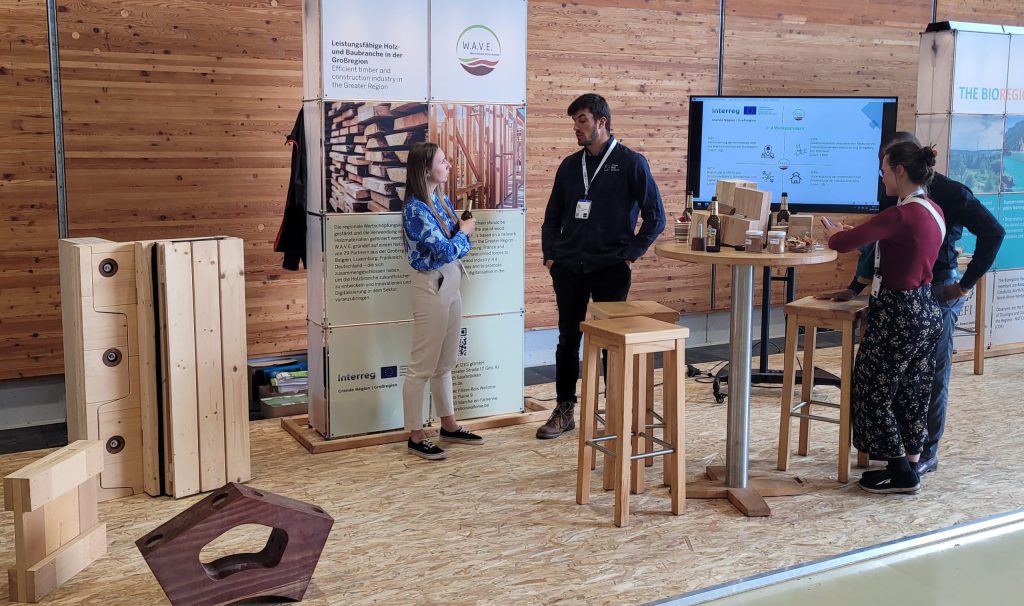Forest in the Greater Region
The forest strongly shapes the landscape and identity of the Greater Region. About one-third of the total area is forested, making it one of the most wooded regions in Europe. The forests consist mainly of deciduous species—especially oak and beech—complemented by coniferous stands that are primarily used for commercial purposes.
Ownership structures are diverse, ranging from state and municipal forests to private holdings. This mix allows for varied uses and management approaches. Across all subregions, there is a growing focus on close-to-nature, sustainable, and climate-resilient forestry to secure the ecological, economic, and social functions of the forest in the long term.
Beyond its role as a source of raw materials, the forest is essential for biodiversity, carbon storage, water balance, and recreation. Adapting to climate change—particularly to drought and pests—remains a major challenge. Overall, the forest forms the ecological foundation of the Greater Region and serves as a starting point for a forward-looking, sustainable use of wood.
Wallonia
A third of Wallonia’s area is covered by forest, with an almost equal share of deciduous and coniferous trees.
- Forest area: 554,000 ha (33%)
- 264,400 ha deciduous forest, 203,600 ha coniferous forest
Luxembourg
Around 35% of the country is forested. Most forests are located in the Ösling region and are primarily in private or municipal ownership.
- Forest area: 92,150 ha (35%)
- 64% deciduous, 36% coniferous
- Ownership: 52% private, 34% municipal, 13% state, 1% public institutions
- 55% of forests are in the Ösling
Saarland
With 36% forest cover, Saarland is one of Germany’s most forested federal states, with a particularly high share of near-natural deciduous forests.
- Forest area: 93,014 ha (36%)
- 41% state forest, 30% municipal, 28% private
- 75% deciduous, 25% coniferous
Rhineland-Palatinate
Nearly half of the forest belongs to municipalities, with another large portion owned by the state. Deciduous forests dominate with 62%.
- Forest area: 853,758 ha
- 26% state forest, 46% municipal, 28% private
- 62% deciduous, 34% coniferous
Région Grand Est (France)
One-third of the region is forested, mainly with deciduous trees—especially oak. More than half of the forest is publicly owned.
- Forest area: 1.91 million ha (33%)
- 79% deciduous (28% oak), 21% coniferous
- 56% public ownership

